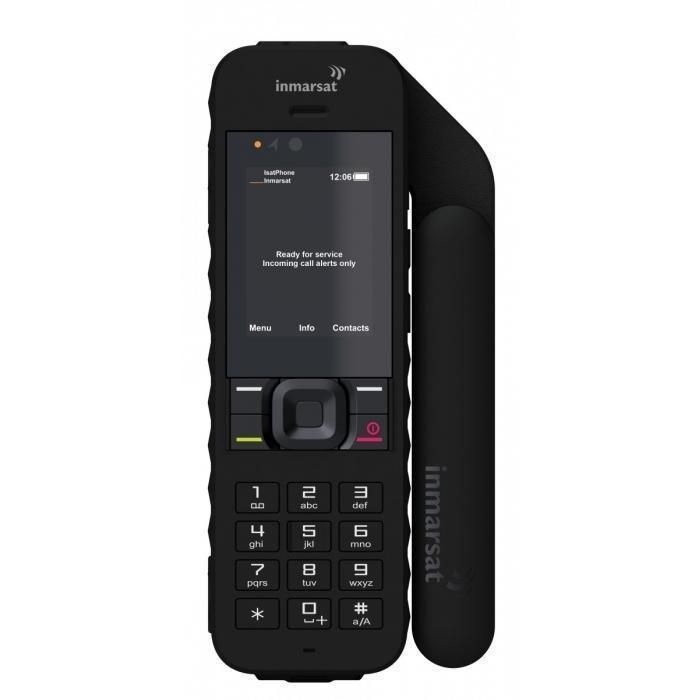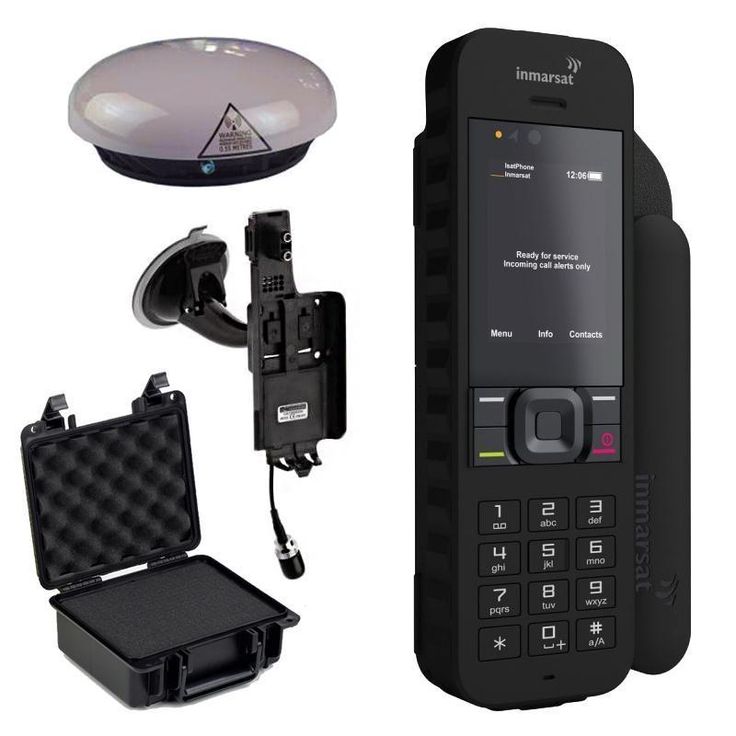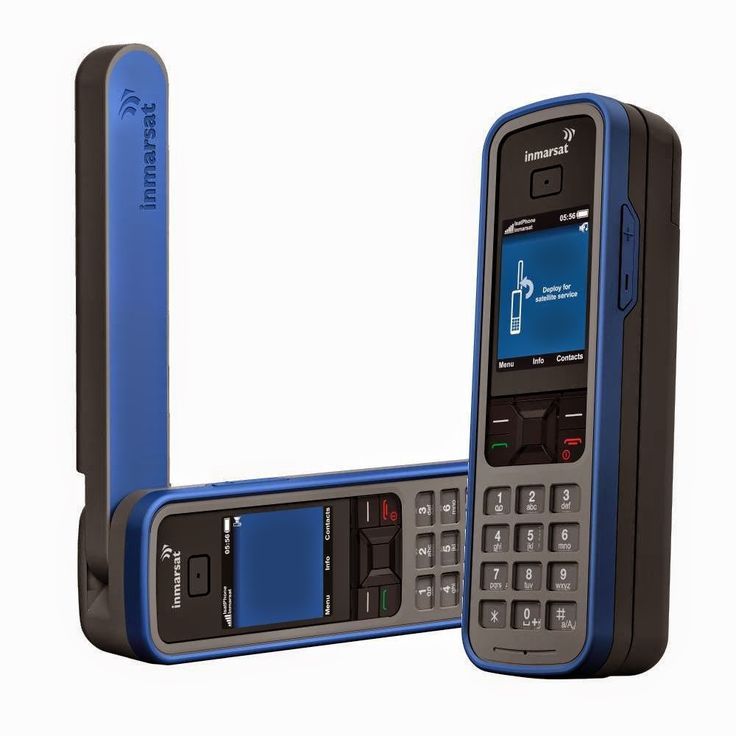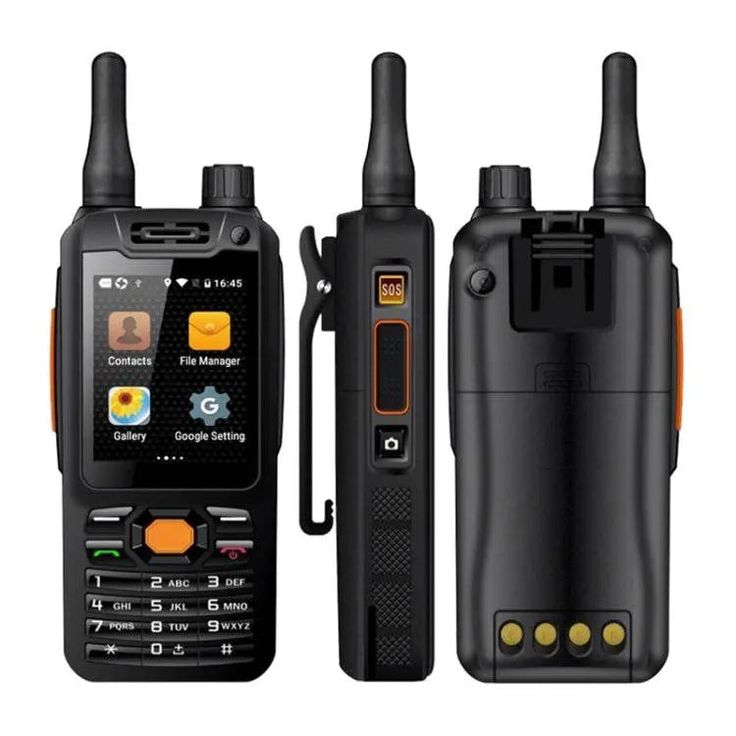Contents
What Are Satellite Phones?
Satellite phones are specialized mobile devices that connect through orbiting satellites. Unlike traditional mobile phones, which depend on ground-based cell towers for connectivity, satellite phone operate in a unique manner. They can work almost anywhere on the planet, making them incredibly useful in remote or rural areas where cell service may be limited or nonexistent. This capability makes satellite phone invaluable to travelers, adventurers, and professionals who often find themselves in challenging environments.

Basics of Satellite Phone Technology
The technology behind satellite phones is fascinating and different from that of regular mobile phones. Satellite phones utilize satellites to relay signals from the phone to the intended receiver. Every satellite phone comes equipped with a SIM card, similar to standard mobile devices, allowing for identification and call management. The key difference lies in how calls are transmitted. When a user makes a call, the satellite phone sends signals directly up to orbiting satellites. These satellites then bounce the call down to the intended recipient, whether they are on land, at sea, or in another remote location. This seamless communication ensures that users remain connected, regardless of their surroundings.
Key Features That Set Satellite Phones Apart
- Global Operation: One of the most significant advantages of satellite phones is their ability to function globally. They operate in remote and rural areas worldwide, making them ideal for use in places where traditional cell service is unreliable or unavailable.
- No Dependency on Terrestrial Infrastructure: Unlike conventional mobile phones, satellite phones do not rely on cell towers to function. This independence from terrestrial infrastructure means they can work effectively in regions prone to natural disasters, such as earthquakes or hurricanes, where cell networks might be compromised.
- Durability: Satellite phones are specifically designed to withstand harsh environments. Many models are rugged and water-resistant, making them suitable for outdoor adventures or industrial activities. This durability ensures that users can rely on their satellite phones even in extreme weather conditions.
- Emergency Connectivity: Satellite phones provide a vital lifeline for individuals in areas prone to natural disasters. First responders, rescue teams, and even researchers in remote locations rely on these devices to maintain communication in emergencies. The ability to connect with emergency services or loved ones can make a significant difference in crisis situations.
These features collectively ensure that users stay connected even in the most challenging conditions. Satellite phones have become essential tools for various professionals, including explorers, journalists, and humanitarian workers. As technology continues to evolve, satellite phones are likely to become even more accessible and versatile, further enhancing their role in global communication. Whether for personal use or professional needs, satellite phones provide a reliable solution to stay connected when it matters most.

A Brief History of Satellite Phones
The story of satellite phone technology is a journey of immense innovation. Satellite phones, as we know them today, are the result of years of advancements. This history emphasizes how critical and complex communication needs have driven technology forward.
The Evolution from Early Models to Modern Devices
The initial models of satellite phones were bulky and expensive. They emerged in the early 1990s. Back then, they were not as user-friendly or accessible as they are today. Early devices required large antennas. They also came with a hefty price tag, which made them exclusive to a niche market.
Over time, the technology evolved. Phones became more compact and easier to use. They began to feature more streamlined designs that were better suited for portable use. Advances in satellite networks also contributed to smaller and more powerful devices. Modern satellite phones now offer features comparable to smartphones, like Internet access and GPS navigation. They still maintain their ruggedness and reliability in environments where traditional phones fail.
This evolution illustrates a remarkable leap in technology. It also highlights the growing need for global communication solutions. With each new iteration, satellite phones have become more accessible. They provide a lifeline in remote areas where no other means of communication exists. The history of satellite phones shows a clear path of progress. They are transforming from an elite tool for business and government to an essential instrument for explorers and adventurers alike.
How Sat Phones Work
Satellite phone technology stands on the robust shoulders of the satellite network infrastructure. This infrastructure spans a web of satellites orbiting Earth, each playing a major role in global communication.
The Satellite Network Infrastructure
The foundation of satellite phones is the sophisticated network of satellites that encircle our planet. These are either geostationary, staying in a fixed position relative to Earth, or low-earth-orbit satellites, which move quickly around the planet. This network of satellites acts as a relay between the satellite phone and the traditional phone networks or internet. They are designed to withstand the extremes of space, such as intense radiation and significant temperature changes.
Dialing Process and Connectivity
Using a satellite phone involves a straightforward dialing process. When a user dials a number, the signal beams up to the nearest satellite. The satellite then sends the signal down to a ground station, also known as a gateway. From there, the call enters the public switch telephone network or reaches another satellite phone user directly. Connectivity through satellite phones is prized for its reliability. Phones connect within seconds, regardless of location, as long as there’s a clear view of the sky. Thus, these devices prove indispensable in remote regions without cell service, ensuring users stay in touch with the rest of the world.

Advantages of Using Sat Phone
In our interconnected world, satellite phones play a crucial role in bridging communication gaps. They offer unique advantages that are essential for various situations and needs. From outdoor adventures to emergency response, satellite phones prove to be invaluable tools for reliable connectivity.
Unparalleled Coverage in Remote Areas
One of the standout benefits of satellite phones is their unparalleled coverage in remote areas. These devices excel where traditional mobile phones often falter—namely in the remote corners of the earth. Whether it is the deep valleys of mountain ranges or the vast expanse of open seas, satellite phones provide reliable communication. Hikers, sailors, and remote villagers frequently rely on this technology for essential communication. The ability to connect from virtually anywhere is key to ensuring safety, coordination, and staying connected with the outside world. In areas where cellular networks are scarce or nonexistent, satellite phones become a lifeline, allowing users to communicate urgent messages, share locations, and alert authorities if needed.
Reliability in Emergencies and Natural Disasters
During crises, when terrestrial networks fail, satellite phones become the backbone of communication. They keep lines open for rescue teams, aid workers, and those affected. Their reliability springs from their direct connection to satellites. This bypasses local infrastructure, which can become damaged or overwhelmed in emergencies. Quick setup ensures that vital communication can commence immediately. Hence, satellite phones are often the first and sometimes only means of communication post-disaster. Their role in emergencies has saved lives and facilitated efficient response efforts.
Satellite Phones vs. Traditional Mobile Phones
When comparing communication devices, we often look at satellite phones versus traditional mobile phones.
Coverage Differences
Satellite phones excel in global coverage, reaching far beyond the limits of cell towers. Traditional mobile phones, on the other hand, depend on these towers. They often fail in remote or rural areas. With a satellite phone, if you can see the sky, you can likely connect.
Considerations in Cost and Performance
Satellite phones are more costly to buy and operate than regular mobile phones. Calls and data can come at a premium price. However, their performance in extreme conditions justifies the cost for many. For those who need reliable connectivity anywhere in the world, a satellite phone is often worth the investment.

Use Cases and Applications
When comparing communication devices, it is essential to analyze the differences between satellite phones and traditional mobile phones. Each serves unique functions, but they cater to different needs depending on the environment and the intended use.
Industries That Rely on Satellite Phones
One of the most significant advantages of satellite phones is their unparalleled coverage. Satellite phones excel in global coverage, reaching far beyond the limits of conventional cell towers. This capability becomes particularly evident when you venture into remote regions, such as deep valleys, mountain ranges, or vast open seas. In contrast, traditional mobile phones depend heavily on a network of cell towers. Unfortunately, these towers often fall short when you find yourself in rural areas or places where infrastructure is lacking. With a satellite phone, the rule is simple: if you can see the sky, you can likely connect. The direct line of communication with orbiting satellites means that users can stay connected almost anywhere on the planet, making satellite phones an invaluable resource for adventurers and professionals working in remote locations.
Personal Use in Remote Adventures
For adventurers and explorers, satellite phones are a lifeline:
- Mountaineering: Climbers carry satellite phones to call for help in case of accidents or sudden weather changes.
- Hiking and Camping: Outdoor enthusiasts use phones to check in with family or emergency services.
- Remote Travel: Travelers in areas without cellphone coverage use satellite phones to stay in touch.
For individuals or organizations needing reliable connectivity no matter where they are in the world, investing in a satellite phone is often worth it. In situations where conventional mobile phones cannot provide service, satellite phones become essential for critical communication. Whether it’s coordinating a rescue operation, conducting research in uncharted territories, or simply ensuring safety during outdoor adventures, the benefits of satellite phones often outweigh the additional costs. This is particularly true for those who value dependable communication and cannot afford to be out of touch in critical situations. In the end, understanding the strengths and limitations of both satellite phones and traditional mobile phones can help users make an informed decision based on their specific needs.

Future of Sat Phone Technology
As we delve into the future of satellite phone technology, it’s clear that we stand on the cusp of remarkable breakthroughs. Innovations in this field promise to make satellite phones more efficient, reliable, and accessible to users around the globe. These advancements are set to transform how people communicate, especially in challenging environments.
Innovations on the Horizon
Several exciting innovations are shaping the future of satellite phones:
- Enhanced Data Speeds: Ongoing efforts are focused on increasing data transmission rates. This advancement will enable users to enjoy faster internet connectivity and clearer phone calls, enhancing communication in critical situations.
- Miniaturization: The design of satellite phones is evolving to become smaller and more user-friendly. Compact models are expected to improve portability, making it easier for users to carry these devices on outdoor adventures and in emergencies.
- Advanced Batteries: A significant focus is being placed on developing longer-lasting batteries. Innovations in battery technology will ensure that users can rely on their satellite phones for extended periods without needing frequent recharges, which is especially important in remote areas.
- Integration with Other Technologies: There is a push for satellite phones to seamlessly integrate with IoT devices. This capability will allow users to monitor and control various applications remotely, enhancing the functionality of satellite phones.
- Improved Network Systems: Next-generation satellite networks are being designed to reduce latency and improve overall reliability. These advancements will ensure effective communication even in the most isolated locations.
These breakthroughs will cater to a growing need for communication in the most isolated places.
Expanding Global Connectivity Possibilities
The advancements in satellite phone technology will redefine how we connect globally:
- Wider Accessibility: Lower costs and user-friendly designs will make satellite phones accessible to more people.
- Disaster-Ready Networks: Enhanced systems will ensure connectivity during critical times of need.
- Internet in Every Corner: Broadband internet via satellite phones will bring the web to even the most remote areas.
- Empowering Rural Communities: Satellite phones will better support education, healthcare, and business in rural regions.
As these global connectivity possibilities expand, they will transform lives, foster inclusion, and promote unity through improved communication. The future of satellite phone technology holds great promise, offering everyone the chance to stay connected, regardless of their geographic location. This evolution will not only enhance personal and professional communication but also contribute to a more interconnected world.

